In memoriam: Paco Rabanne (1934 – 2023)
Spanish designer Paco Rabanne, known for his visionary ‘Space Age’ fashion and experimental fragrances, has died aged 88
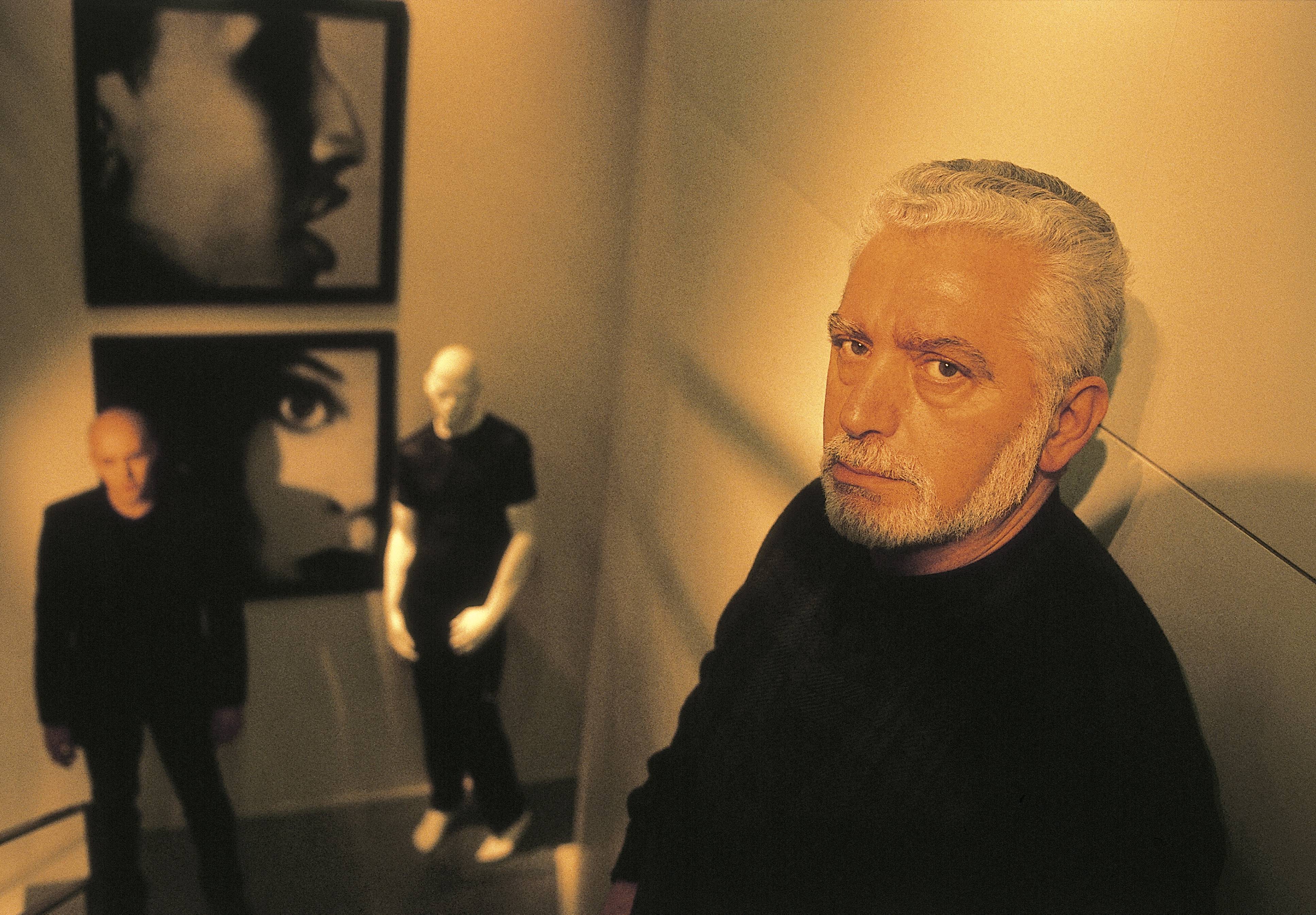
Spanish designer Paco Rabanne – whose visionary designs under his eponymous label came to define 1960s ‘Space Age’ fashion – has died aged 88 in Portsall, France, according to an announcement from Puig, the group which controls the label’s fashion and fragrance lines.
‘Paco Rabanne made transgression magnetic,’ said José Manuel Albesa, president of Puig’s fashion and beauty division. ‘Who else could induce fashionable Parisian women to clamour for dresses made of plastic and metal? Who but Paco Rabanne could imagine a fragrance called Calandre – the word means “automobile grill”, you know – and turn it into an icon of modern femininity?’
Albesa continued: ‘That radical, rebellious spirit set him apart: There is only one Rabanne. With his passing, we are reminded once again of his enormous influence on contemporary fashion, a spirit that lives on in the house that bears his name.’
Paco Rabanne dies aged 88
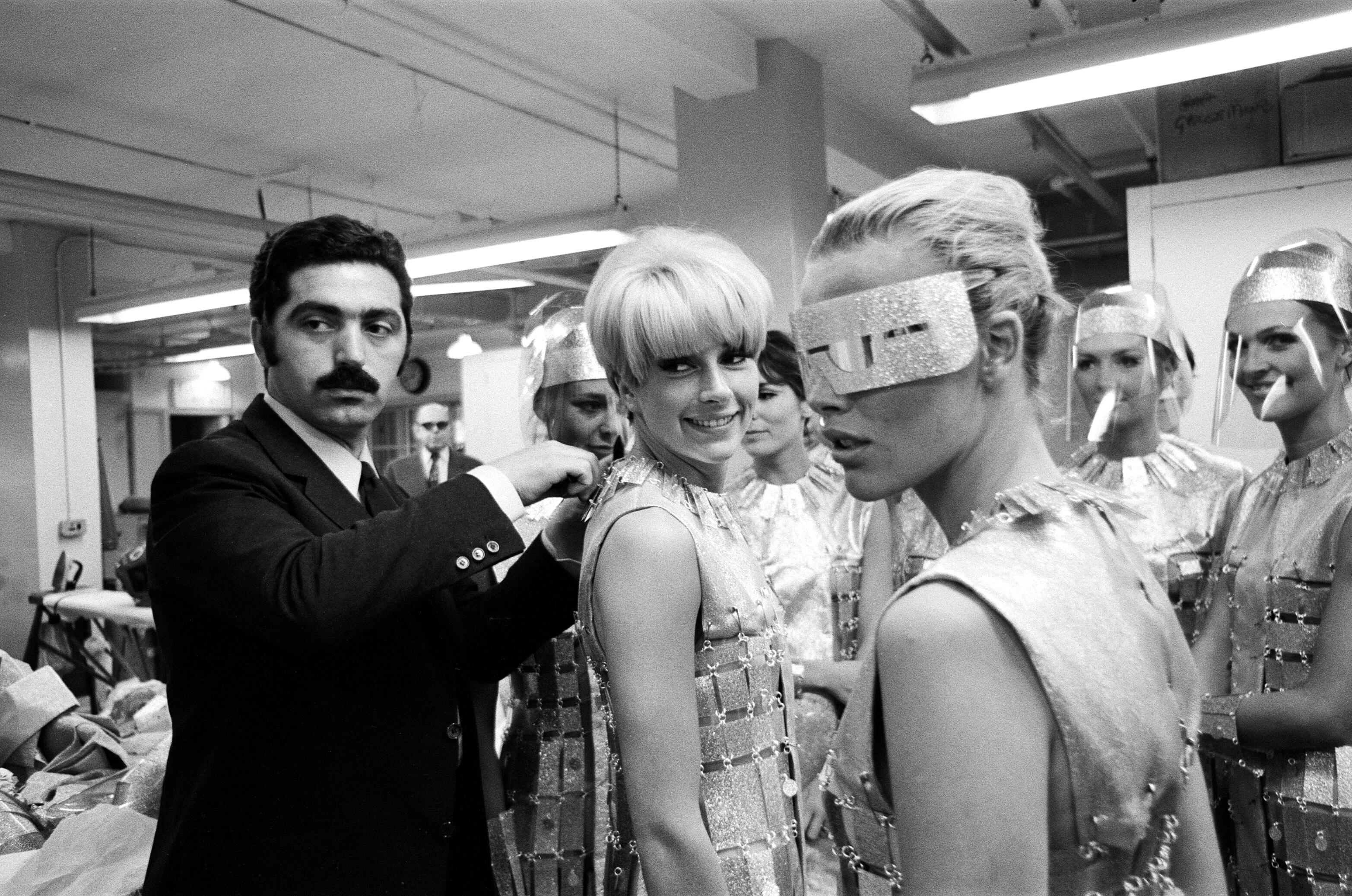
Paco Rabanne on the film set of Casino Royale at Elstree in 1966
Born Francisco Rabaneda Cuervo in 1934, close to San Sebastián, Spain, Rabanne left the country not long later, after the outbreak of the Spanish Civil War, with his mother (she had worked as head seamstress for Cristóbal Balenciaga, and the Spanish couturier remained a profound influence throughout Rabanne’s career). Heading to France, he initially studied architecture at the École Nationale des Beaux-Arts, before shifting to fashion, creating bold jewellery and accessories for a slew of Parisian fashion houses, including Nina Ricci, Givenchy, Pierre Cardin and André Courrèges.
It was 1966 that proved formative in Rabanne’s career, when he released his first haute couture collection under his own name, titled ‘Twelve Unwearable Dresses in Contemporary Materials’. Establishing Rabanne as something of an ‘enfant terrible’ of Parisian fashion, the dresses came to epitomise his distinct vision as a designer, which married historical elements – primarily chain mail, which was to become his signature – with contemporary materials, like plastic, rhodoid and aluminium, and the abbreviated silhouettes of the 1960s.
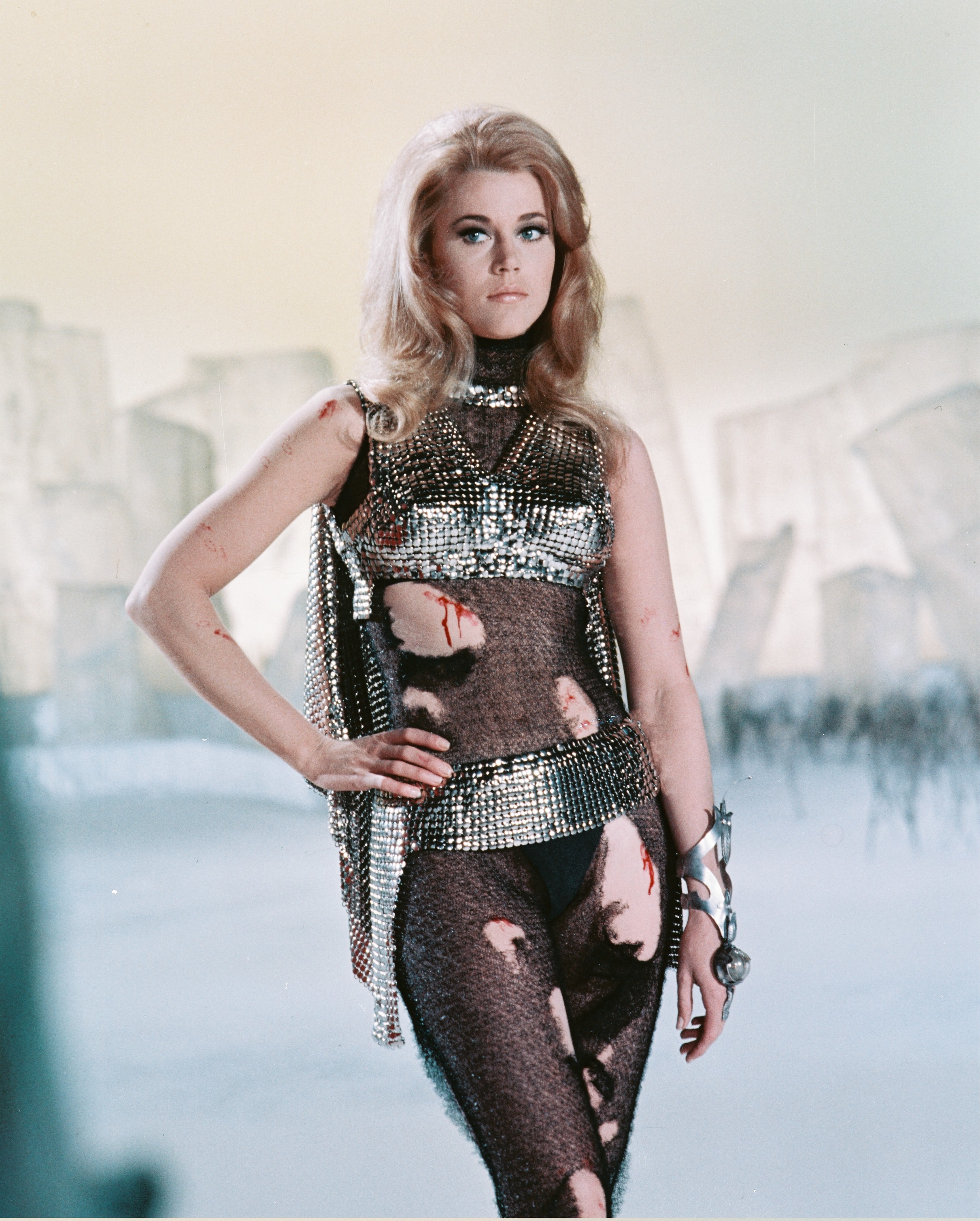
Jane Fonda in a publicity portrait for Barbarella, 1968
The look established him, alongside Cardin and Courrèges, as one of a cadre of so-called ‘Space Age’ designers of the 1960s, a movement which coincided with a boom in space exploration, culminating with the moon landing in 1969. Pieces were defined by a futuristic sensibility, featuring sharp, modernist silhouettes, metallic elements and an influence of contemporary engineering and architecture. A definitive moment in the ‘Space Age’ movement was Rabanne’s costumes for Barbarella in 1968, a sexually charged space-exploration movie set in the 41st century and starring Jane Fonda as the movie’s titular character.
‘The woman of the future will be efficacious, seductive, and without contest, superior to men,’ Rabanne once said. ‘It is for this woman that I conceive my designs.’
Wallpaper* Newsletter
Receive our daily digest of inspiration, escapism and design stories from around the world direct to your inbox.
Rabanne is also synonymous with fragrance, his name appearing on some of the bestselling perfumes of the last half-decade. His foray into fragrance began in 1969 with debut fragrance Calandre – created alongside nose Michel Hy – which was encased in a metal bottle evocative of a Rolls-Royce radiator grille. Rabanne said he wanted the metallic scent, with top notes of bergamot and aldehydes, to evoke a couple making love on the bonnet of a car in a forest. ‘I like my fragrances to be fresh first, then structured, full of vibrations and contrasts,’ Rabanne said.
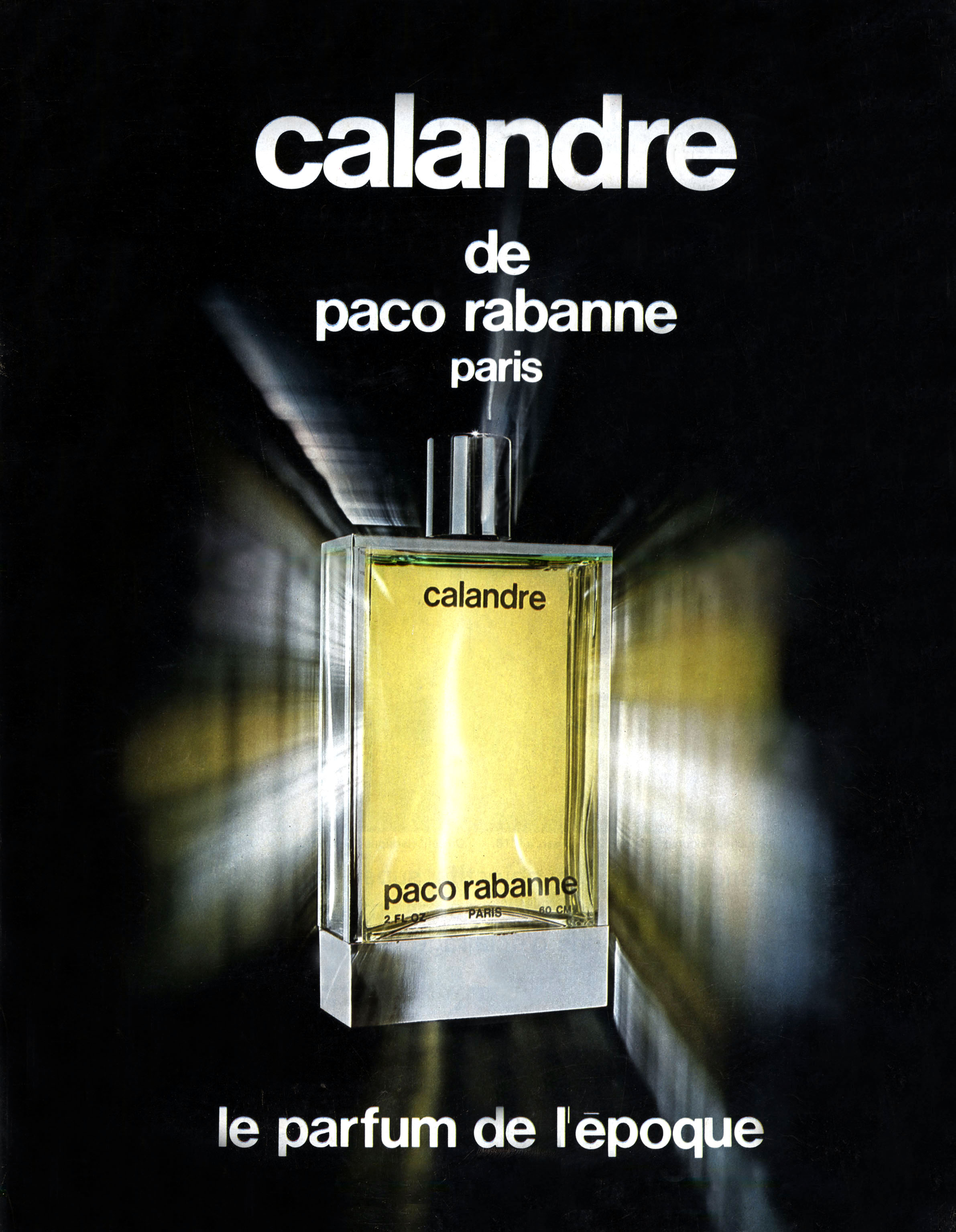
French poster for the Calandre by Paco Rabanne, 1969
After three decades at the helm of his eponymous label, Rabanne retired in 1999. While remaining largely out of the public eye in the years since, he was made an Officer of the Legion d’Honneur – one of France’s highest awards – by the country’s culture minister in 2010. ‘I have always had the impression of being a time accelerator,’ he said later, in 2016. ‘Of going as far as is reasonable for one's time and not indulging in the morbid pleasure of the known things, which I view as decay.’
Rabanne was also a believer in the occult, making him prone to outbursts, particularly on the subject of impending Armageddon and apocalyptic visions. He claimed to be able to see and communicate with ghosts (‘I’m a bit of a medium, a clairvoyant’), to have lived several past lives, and to have been visited by extra-terrestrials. ‘My personal conviction is total,’ he said on the subject in 1999.
The label went on a five-year hiatus from 2006, reopening in 2011 with Indian designer Manish Arora at the helm. Currently, French-born Julien Dossena is creative director of the house, his commercially successful and critically acclaimed collections often drawing from Rabanne’s original archival pieces (chain mail and metal paillettes feature heavily, and Rabanne’s 1969 ‘Le69’ handbag was reissued under Dossena’s tenure).
‘Whenever you see Paco Rabanne’s work, you know it was done by someone with an eccentric mind who didn’t care about trends,’ Dossena said in 2019. ‘He used clothes to liberate, and I love that idea.’
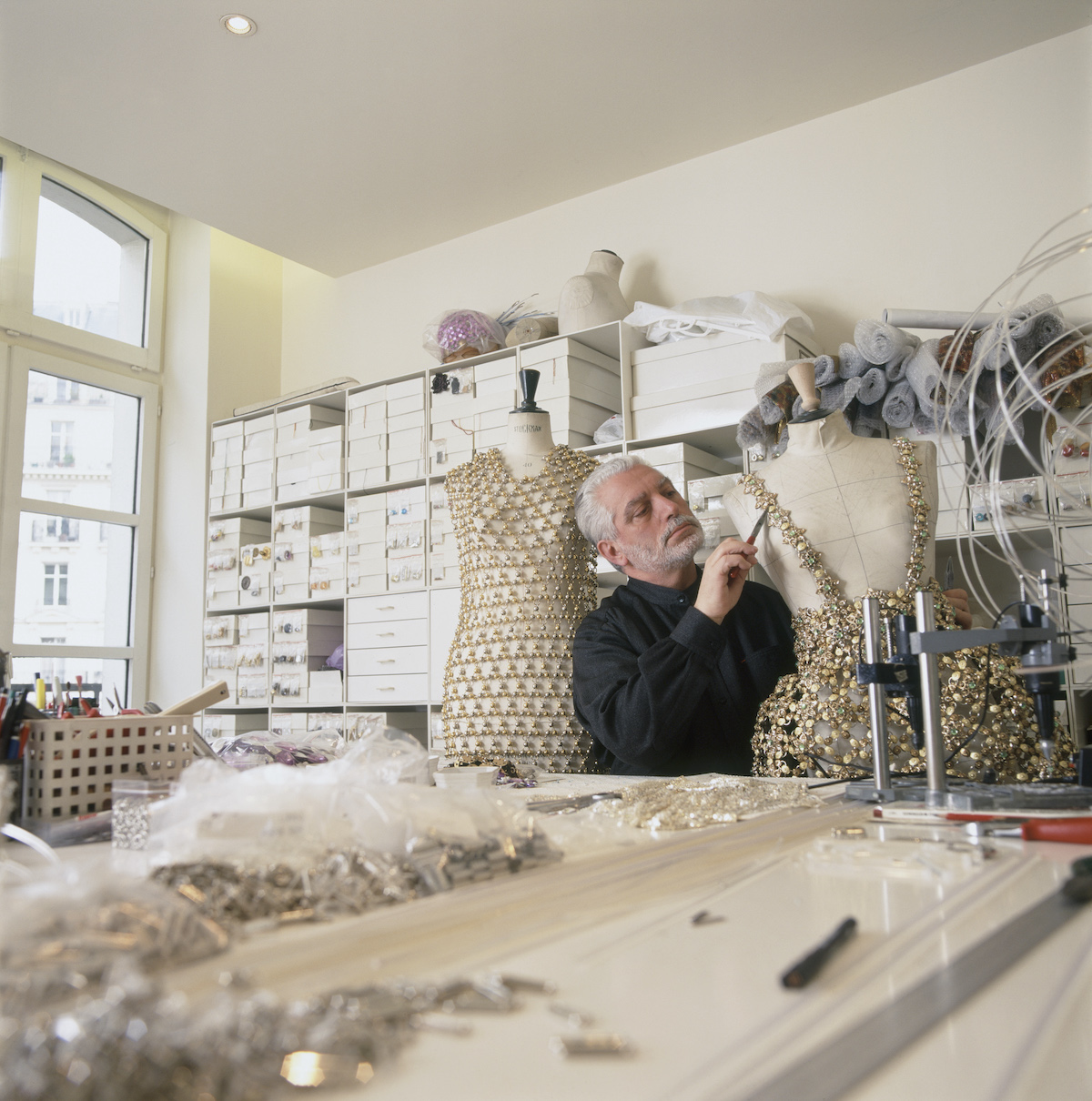
Paco Rabanne works on an outfit in his Paris workshop, 1996
Jack Moss is the Fashion Features Editor at Wallpaper*, joining the team in 2022. Having previously been the digital features editor at AnOther and digital editor at 10 and 10 Men magazines, he has also contributed to titles including i-D, Dazed, 10 Magazine, Mr Porter’s The Journal and more, while also featuring in Dazed: 32 Years Confused: The Covers, published by Rizzoli. He is particularly interested in the moments when fashion intersects with other creative disciplines – notably art and design – as well as championing a new generation of international talent and reporting from international fashion weeks. Across his career, he has interviewed the fashion industry’s leading figures, including Rick Owens, Pieter Mulier, Jonathan Anderson, Grace Wales Bonner, Christian Lacroix, Kate Moss and Manolo Blahnik.
-
 Extreme Cashmere reimagines retail with its new Amsterdam store: ‘You want to take your shoes off and stay’
Extreme Cashmere reimagines retail with its new Amsterdam store: ‘You want to take your shoes off and stay’Wallpaper* takes a tour of Extreme Cashmere’s new Amsterdam store, a space which reflects the label’s famed hospitality and unconventional approach to knitwear
By Jack Moss
-
 Titanium watches are strong, light and enduring: here are some of the best
Titanium watches are strong, light and enduring: here are some of the bestBrands including Bremont, Christopher Ward and Grand Seiko are exploring the possibilities of titanium watches
By Chris Hall
-
 Warp Records announces its first event in over a decade at the Barbican
Warp Records announces its first event in over a decade at the Barbican‘A Warp Happening,' landing 14 June, is guaranteed to be an epic day out
By Tianna Williams
-
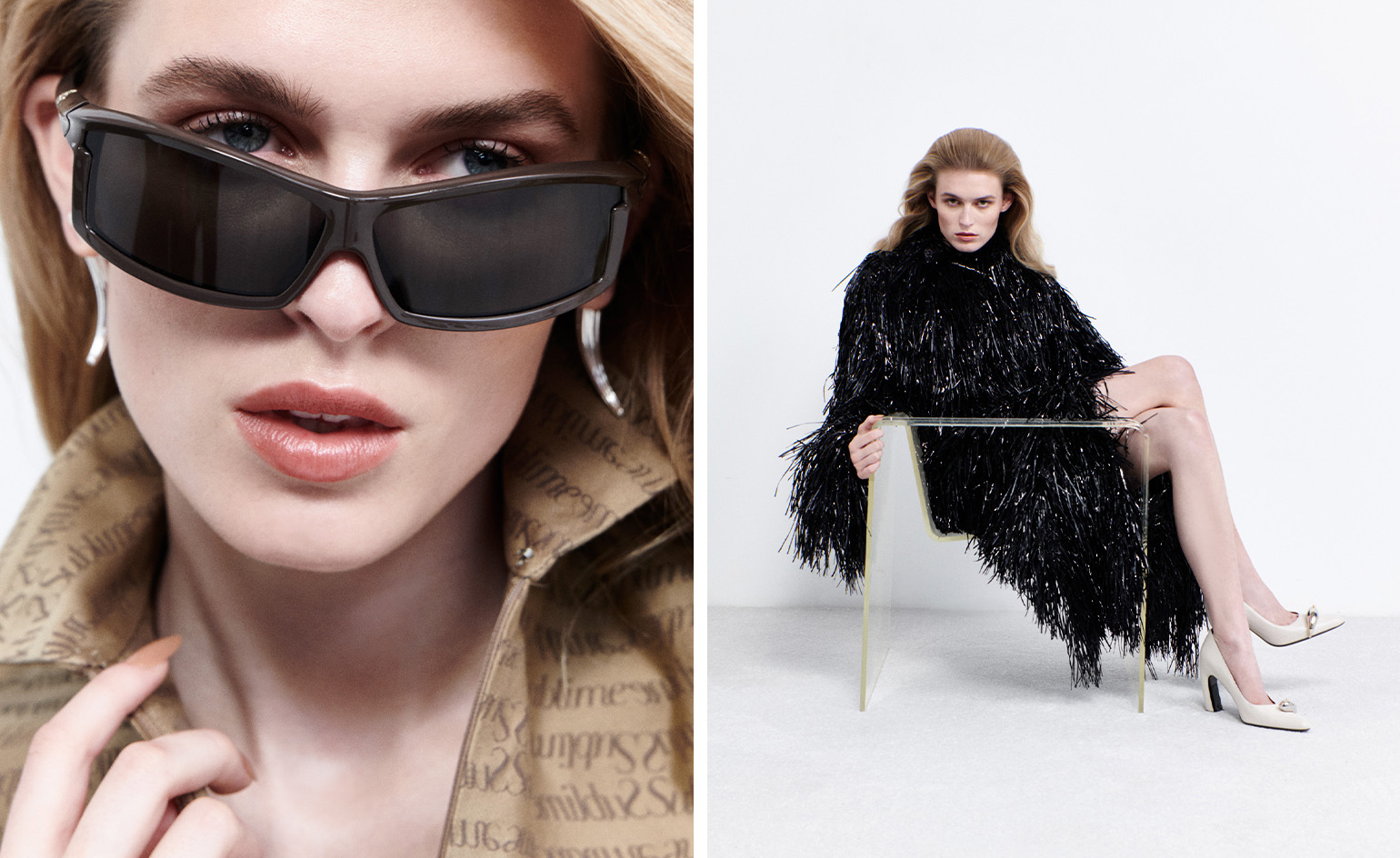 These illuminating fashion interviews tell the story of style in 2024
These illuminating fashion interviews tell the story of style in 2024Selected by fashion features editor Jack Moss from the pages of Wallpaper*, these interviews tell the stories behind the designers who have shaped 2024 – from Kim Jones to Tory Burch, Willy Chavarria to Martine Rose
By Jack Moss
-
 Loafer bags to sock shoes, 2024 was all about the mashed-up accessory
Loafer bags to sock shoes, 2024 was all about the mashed-up accessoryWallpaper* fashion features editor Jack Moss reflects on the rise of the surreal hybrid accessory in 2024, a trend which reflects the disorientating nature of contemporary living – where nothing is quite what it seems
By Jack Moss
-
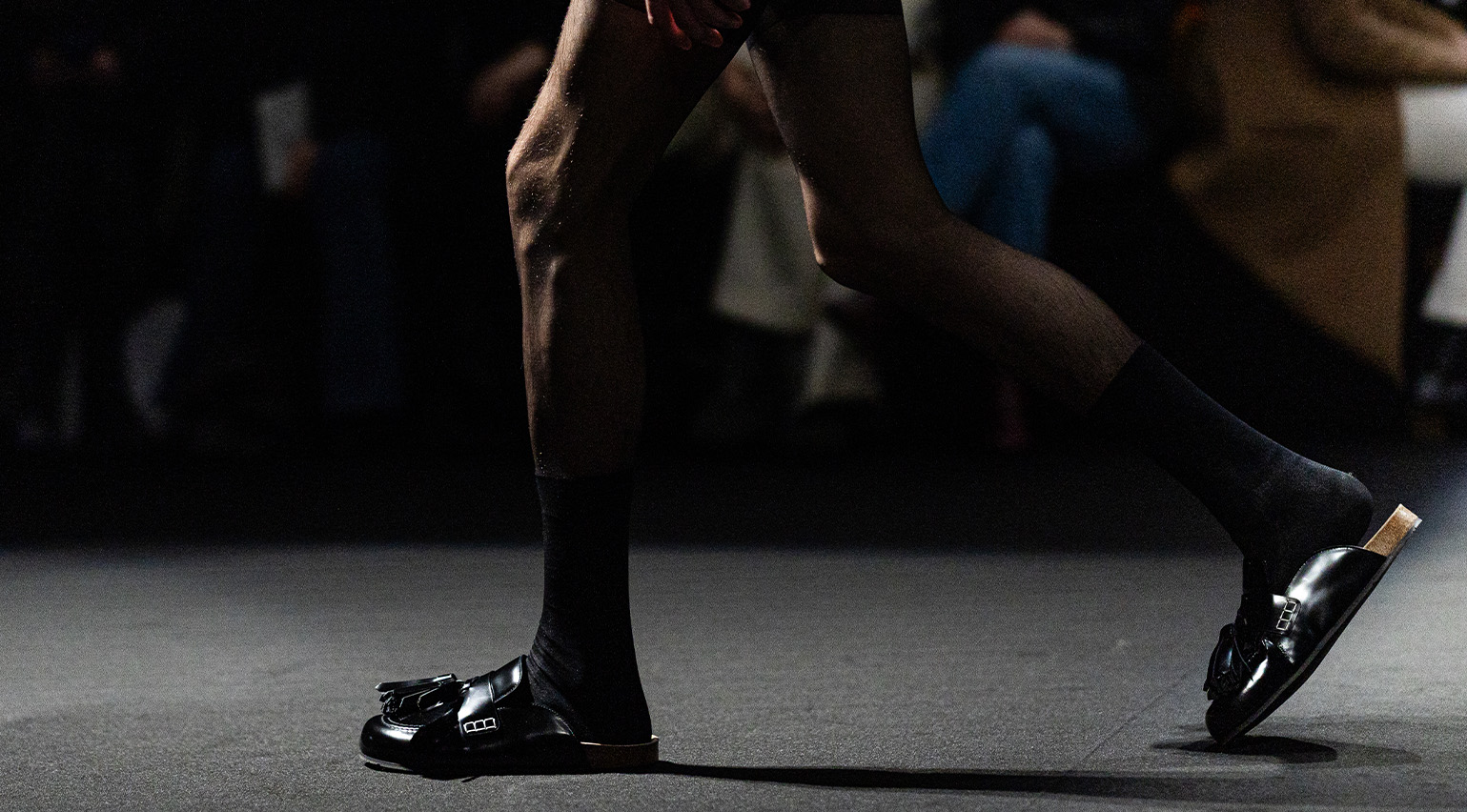 Why the slipper is set to be this season’s definitive men’s shoe
Why the slipper is set to be this season’s definitive men’s shoeWallpaper* fashion features editor Jack Moss unpacks the rise of the men’s slipper, which looks set to become this season’s most ubiquitous shoe. Plus, five styles to channel the slipper’s louche elegance in your own wardrobe
By Jack Moss
-
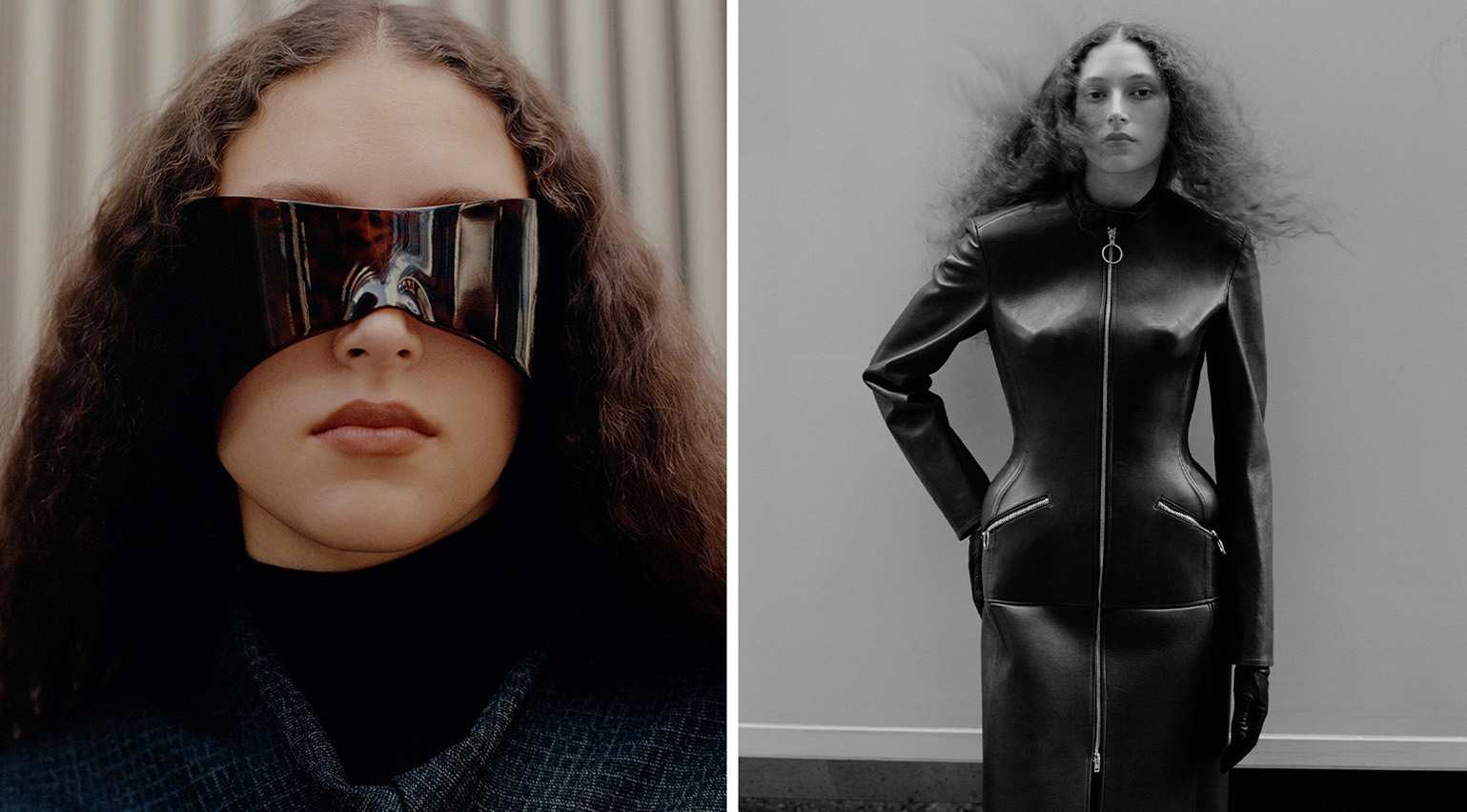 For A/W 2024, the working uniform gets a futuristic spin
For A/W 2024, the working uniform gets a futuristic spinSculpted silhouettes, unexpected textures and plays on classic outerwear meet in the A/W 2024 collections, providing a twisted new take on city dressing
By Jack Moss
-
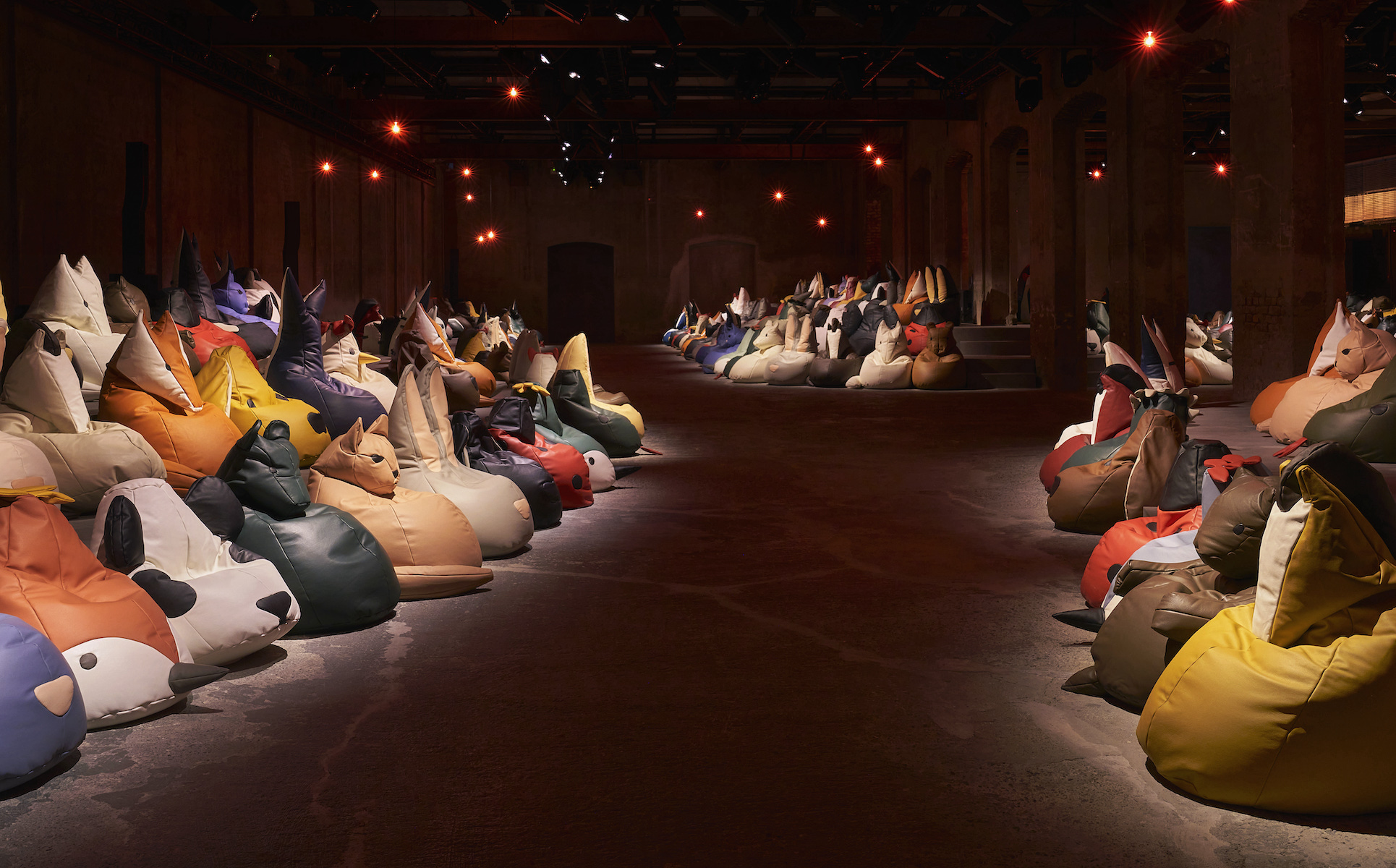 The breathtaking runway sets of S/S 2025, from beanbag animals to a twisted living room
The breathtaking runway sets of S/S 2025, from beanbag animals to a twisted living roomWallpaper* picks the best runway sets and show spaces of fashion month, which featured Bottega Veneta’s beanbag menagerie, opulence at Saint Laurent, and artist collaborations at Acne Studios and Burberry
By Jack Moss
-
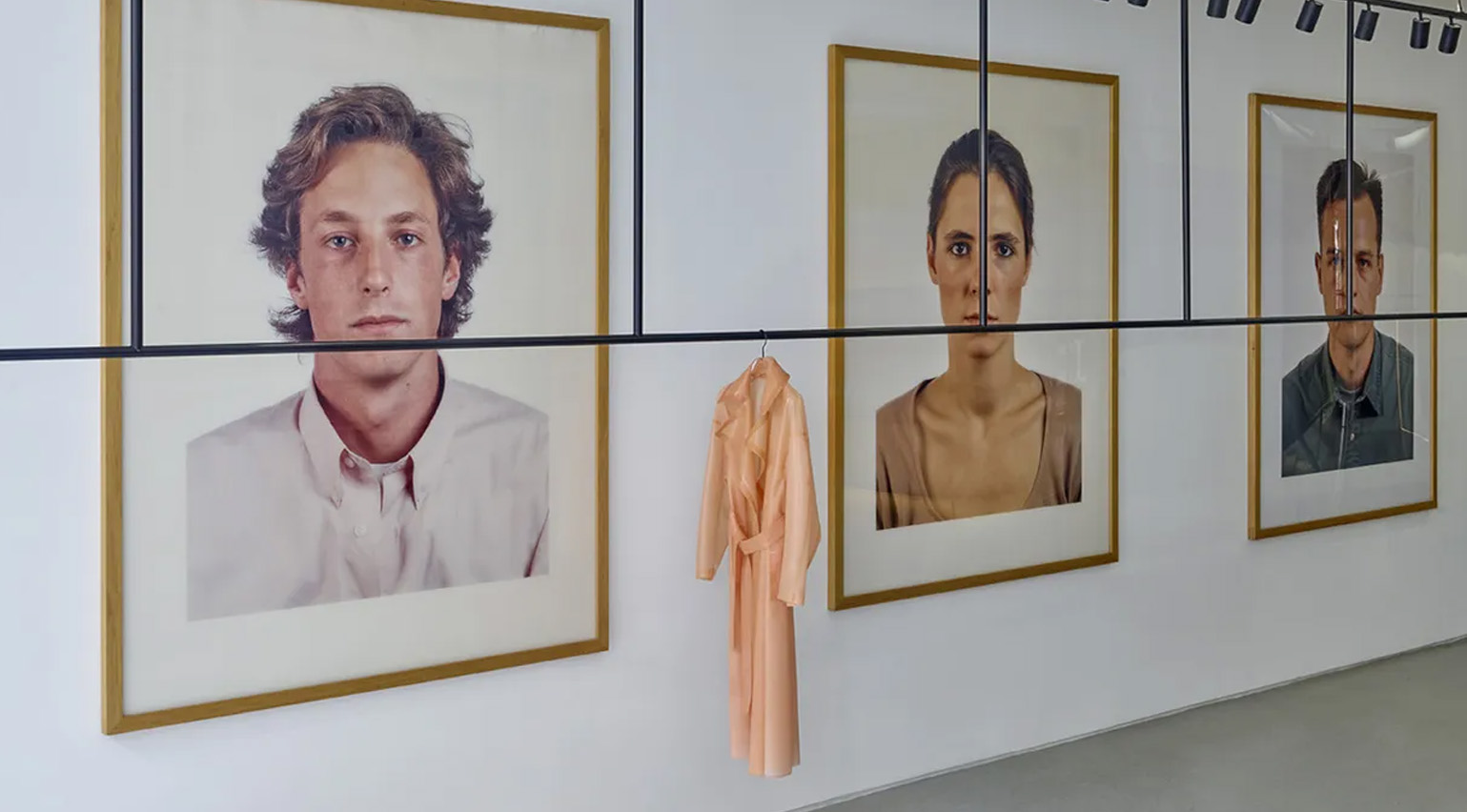 A guide to the best fashion stores London has to offer
A guide to the best fashion stores London has to offerWallpaper* picks the must-visit London fashion stores – from big-name boutiques and classic department stores to the best in vintage, alongside the sleek and experimental
By Jack Moss
-
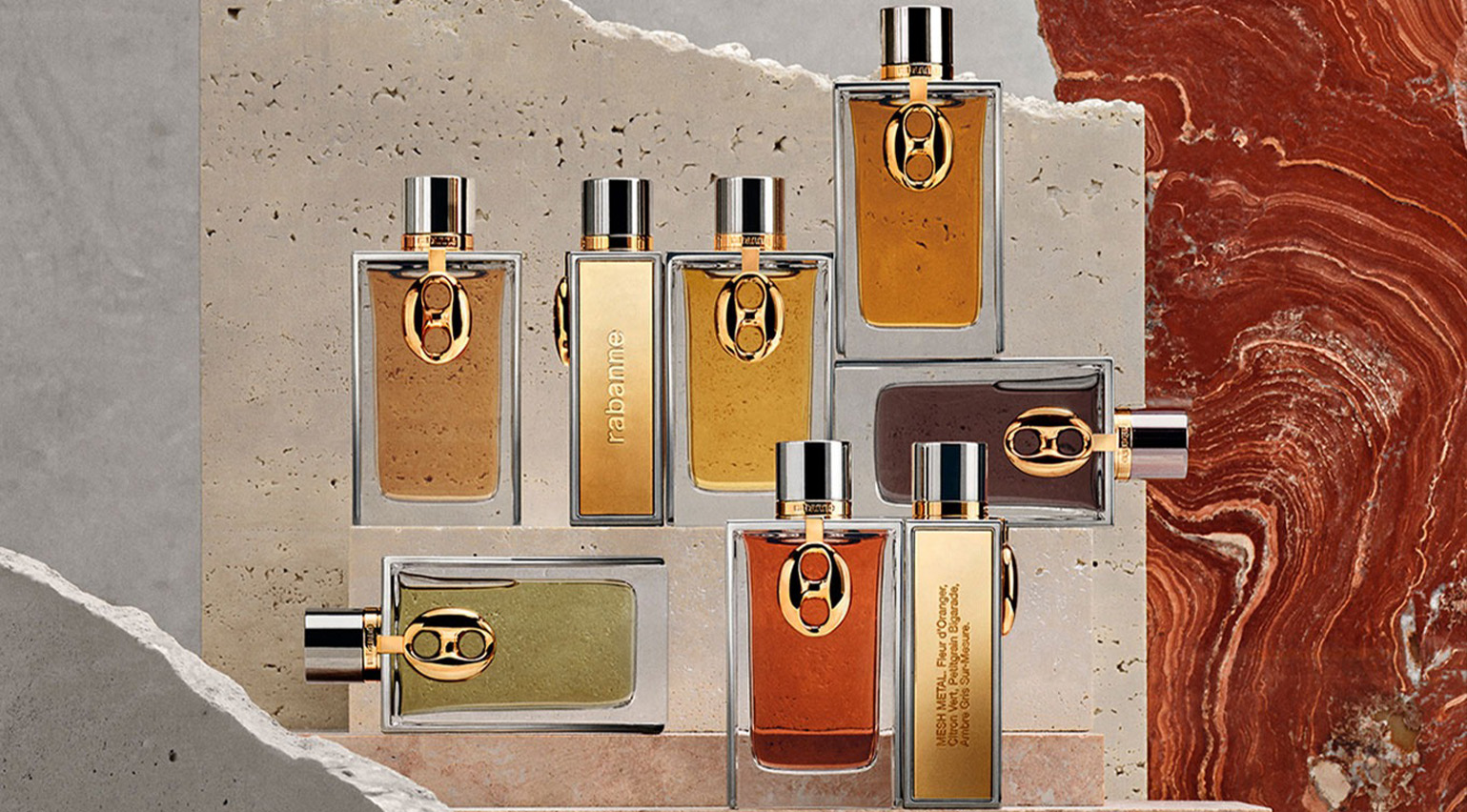 Rabanne’s fine fragrance collection smells like chainmail and strawberries
Rabanne’s fine fragrance collection smells like chainmail and strawberriesRabanne’s debut collection of fine fragrances includes perfumes ‘Midnight Sex’ and ‘Silver Skin’, a scent that evokes the feeling of a chainmail dress skimming the body
By Mary Cleary
-
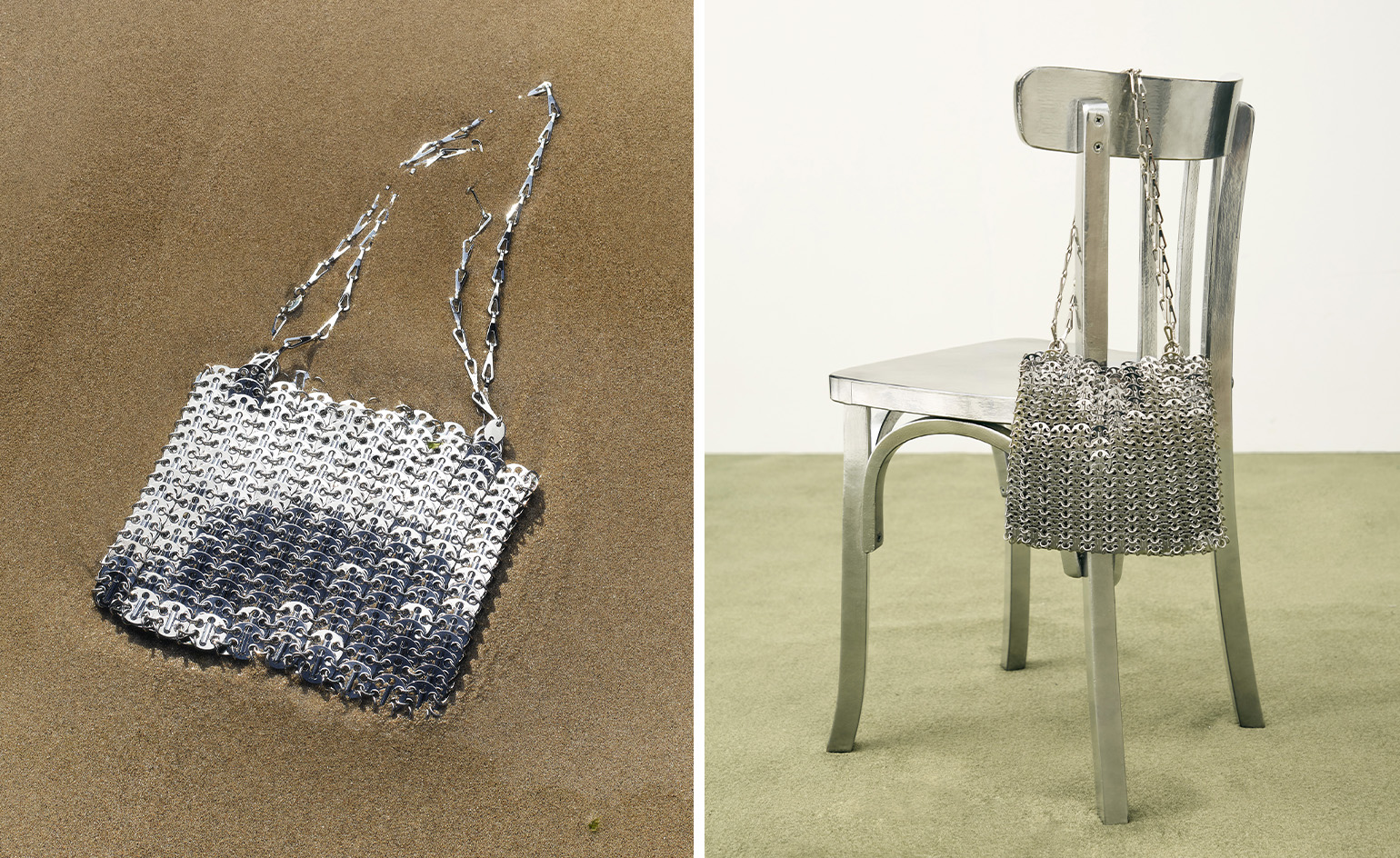 ‘Hedonistic and avant-garde’: Rabanne’s Julien Dossena on the legacy of the chainmail 1969 bag
‘Hedonistic and avant-garde’: Rabanne’s Julien Dossena on the legacy of the chainmail 1969 bagPaco Rabanne’s 1969 chainmail handbag encapsulates the late designer’s futuristic, space-age style. Current creative director Julien Dossena tells Wallpaper* about the bag’s particular pleasures
By Jack Moss